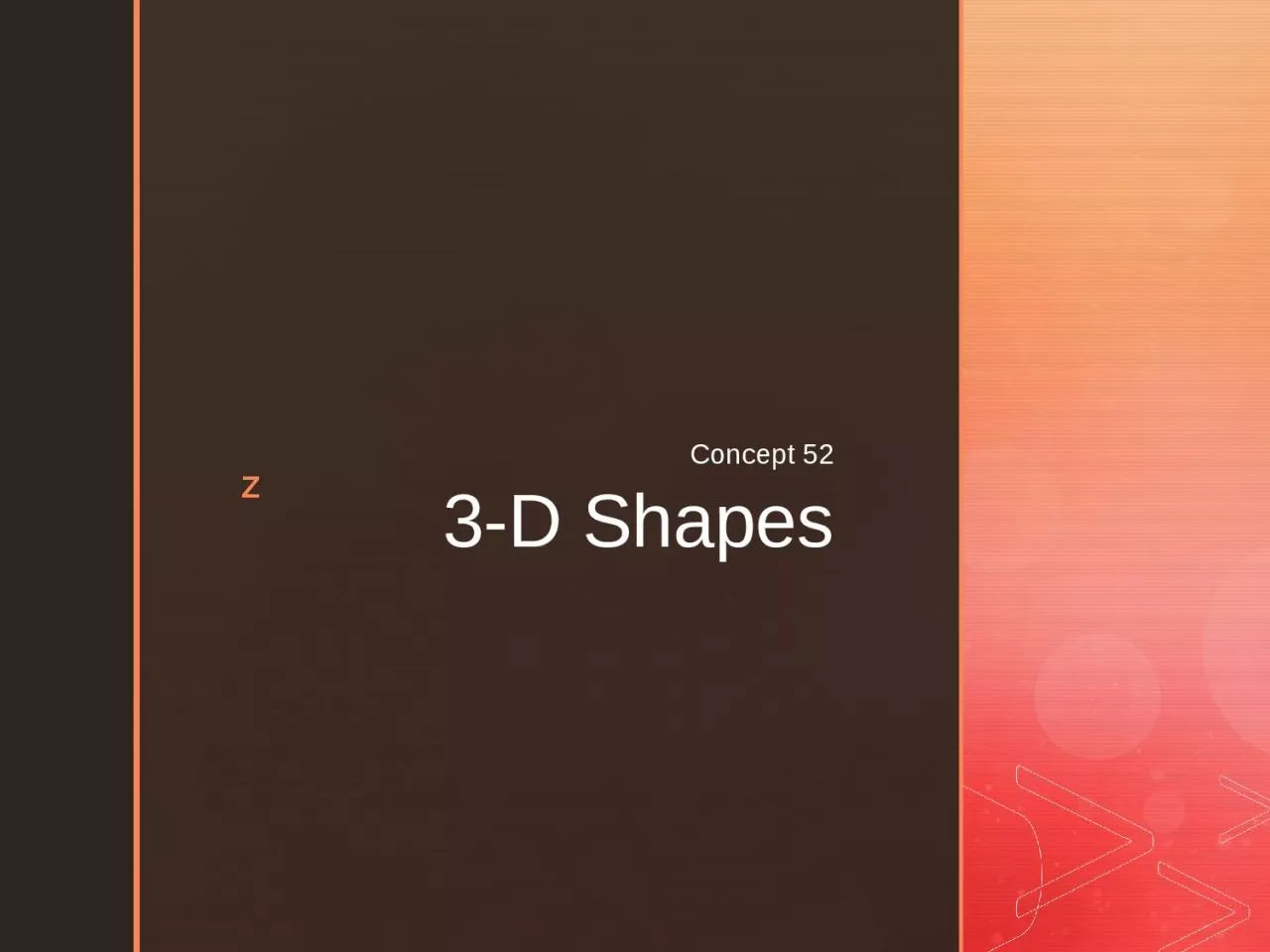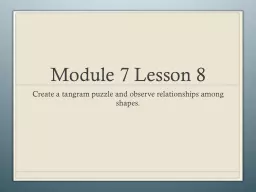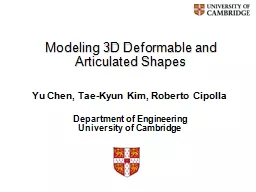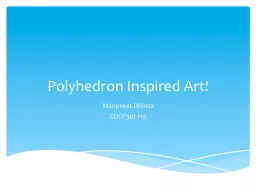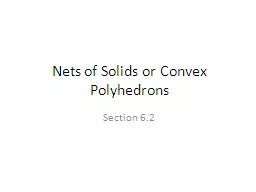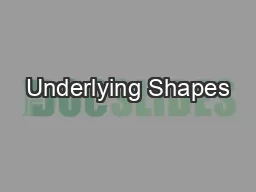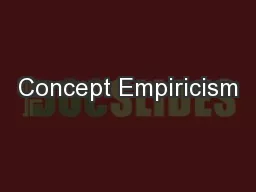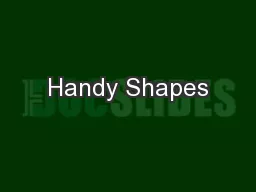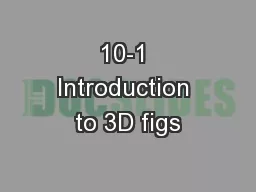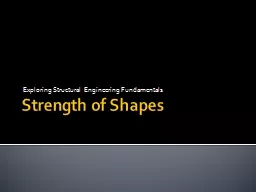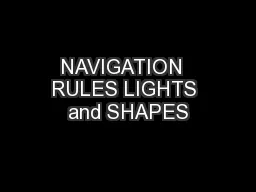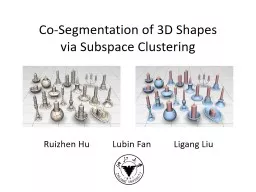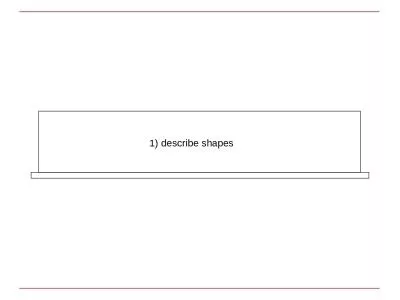PPT-3-D Shapes Concept 52 Polyhedron
Author : berey | Published Date : 2024-02-03
Solid Convex Concave Regular Cylinder Prism Cone Pyramid Sphere Polyhedron a solid figure with many plane faces Solid a 3D shape that encloses space but is not
Presentation Embed Code
Download Presentation
Download Presentation The PPT/PDF document "3-D Shapes Concept 52 Polyhedron" is the property of its rightful owner. Permission is granted to download and print the materials on this website for personal, non-commercial use only, and to display it on your personal computer provided you do not modify the materials and that you retain all copyright notices contained in the materials. By downloading content from our website, you accept the terms of this agreement.
3-D Shapes Concept 52 Polyhedron: Transcript
Download Rules Of Document
"3-D Shapes Concept 52 Polyhedron"The content belongs to its owner. You may download and print it for personal use, without modification, and keep all copyright notices. By downloading, you agree to these terms.
Related Documents

